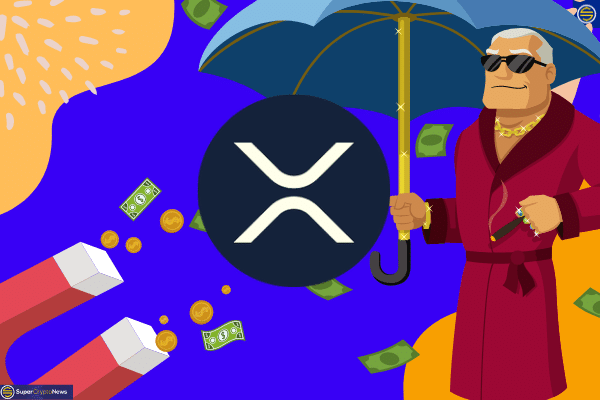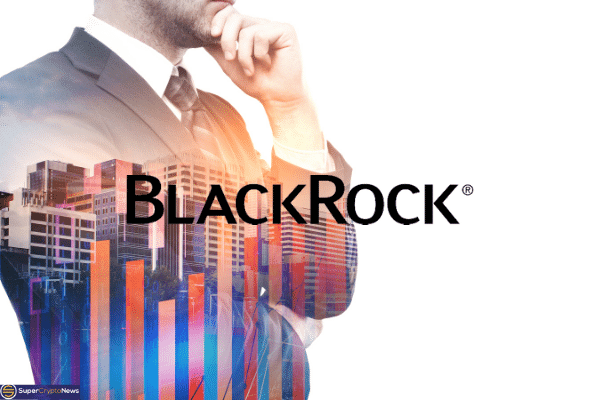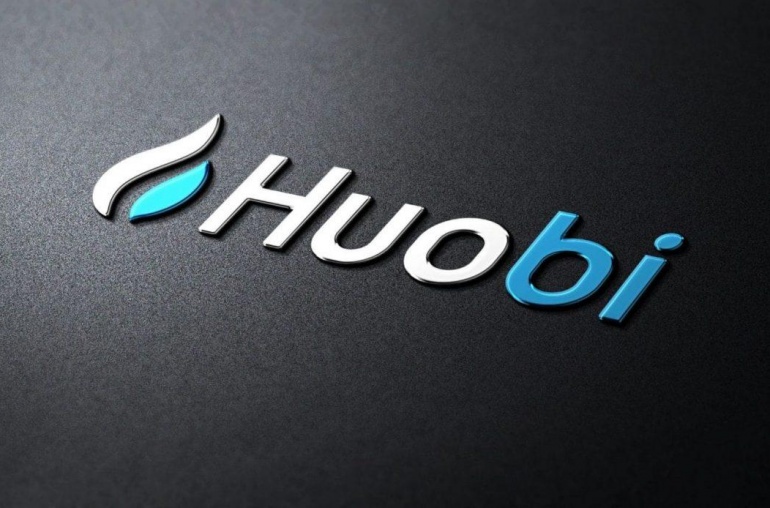In a recent tweet, David “JoelKatz” Schwartz, the CTO of Ripple, discusses ten things that he believes are reasonable to expect in the world of XRP(L). While emphasizing that he cannot speak for the digital asset, he provides his views on what could happen.
Schwartz also cautions against making definitive statements about the future, acknowledging that it’s impossible to predict with certainty what lies ahead. This article will explore the ten things that Schwartz discusses and examine what they could mean for the XRP community.
Firstly, Schwartz’s tweet highlights that while it’s technically possible to peg XRP’s price to something like gold or silver, it’s highly unlikely and even absurd to expect anyone to do so. XRP’s value is determined by its utility and demand within the Ripple ecosystem rather than external factors such as a precious metal’s value.
Attempting to peg XRP to something like gold could potentially undermine its value and utility, as it would introduce unnecessary complexity and uncertainty into the market. Ultimately, XRP’s value proposition lies in its unique features and use cases rather than any external pegging mechanism.
Secondly, Schwartz emphasizes that XRP cannot become a stablecoin simply by magic. While someone can offer to redeem XRP at a fixed rate for something else, it’s unclear why anyone would want to do so when stablecoins exist. If stability is what someone is after, it would be more straightforward to simply purchase a stablecoin rather than trying to peg XRP’s price to something else.
Thirdly, a tweet from David Schwartz clarifies an important distinction between stablecoins issued on the XRPL and XRP itself. While stablecoins can be issued on the XRPL, they are separate assets from XRP and have an issuer who controls them.
In contrast, XRP is a decentralized digital asset that operates independently of any central issuer or authority. While both stablecoins and XRP have their use cases and potential benefits, they should not be conflated or treated as interchangeable.
Fourthly, Schwartz’s tweet provides a simple yet important reminder that the XRP Ledger (XRPL) requires electricity. This may seem obvious, but it serves as a reminder of the technical realities underpinning blockchain technology. As Schwartz notes, it’s impossible to operate a blockchain without electricity, as the computational requirements are simply too great for non-electric alternatives.
According to Schwartz, XRP can only exist on the XRP Ledger (XRPL), and any XRP-denominated assets created outside of the XRPL are essentially just IOUs or derivatives. This is because the XRPL serves as the definitive and authoritative record of XRP ownership. While other platforms may create their XRP-like assets, these assets are not true XRP unless they are 1-to-1 tied to XRP on the XRPL.
For the sixth point, Schwartz’s statement about XRP having nothing to do with ISO 20022 is accurate. Although ISO 20022 is a messaging standard for payments and XRP is a cryptocurrency, some projects may utilize both.
However, XRP’s use case and technology are distinct from the messaging protocol used by financial institutions. Therefore, the two are not inherently related, and it’s important to recognize their differences when discussing XRP’s potential role in the broader financial ecosystem.
In addition, as the CTO of Ripple, David “JoelKatz” Schwartz has been an instrumental figure in developing InterLedger Protocol (ILP). He purports that one of the key features of ILP is that it is asset-agnostic, meaning that it can be used with any asset for payment or settlement.
As Schwartz notes, this includes using ILP for pure dollar payments without involving XRP. While ILP can work independently of XRP, it also complements the XRPL payment channels, offering a versatile solution that can adapt to different use cases and scenarios.
As the eighth point, David Schwartz points out that it is unrealistic to expect all the money in the world to run across the XRPL (XRP Ledger). While scaling blockchains is a difficult task, this doesn’t mean that XRP cannot be used for various purposes, such as payment denominations, payment channels, IOUs, derivatives, and more.
Schwartz emphasizes that most of the world’s payments do not belong on a public blockchain. However, XRP can still play an important role in facilitating global transactions and enabling cross-border payments.
For the ninth point, David Schwartz emphasizes that tying XRP to one particular jurisdiction, such as the US government, is not the key to its success. It could potentially weaken the digital asset’s position in the market.
According to Schwartz, cryptocurrencies work best when there is a diverse ownership structure, which helps to ensure the resilience and stability of the asset. While some may hope the US government will invest in XRP, Schwartz suggests this is not a reasonable expectation. Instead, XRP’s value proposition is facilitating fast and cost-effective cross-border payments, regardless of borders or jurisdictions.
Lastly, While RippleNet and the XRP Ledger may seem interchangeable to some, David Schwartz clarifies that they are entirely distinct entities. While RippleNet is an enterprise payment system that leverages the advantages of the XRP Ledger, it operates as a separate private network based on early versions of Interledger Protocol (ILP).
By allowing businesses to use XRP(L) as a source, destination, or bridge currency for payments, RippleNet eliminates the barriers that have traditionally prevented the widespread adoption of digital assets in finance. This makes it an attractive option for enterprises looking to streamline their payment processes and reduce transaction costs.



